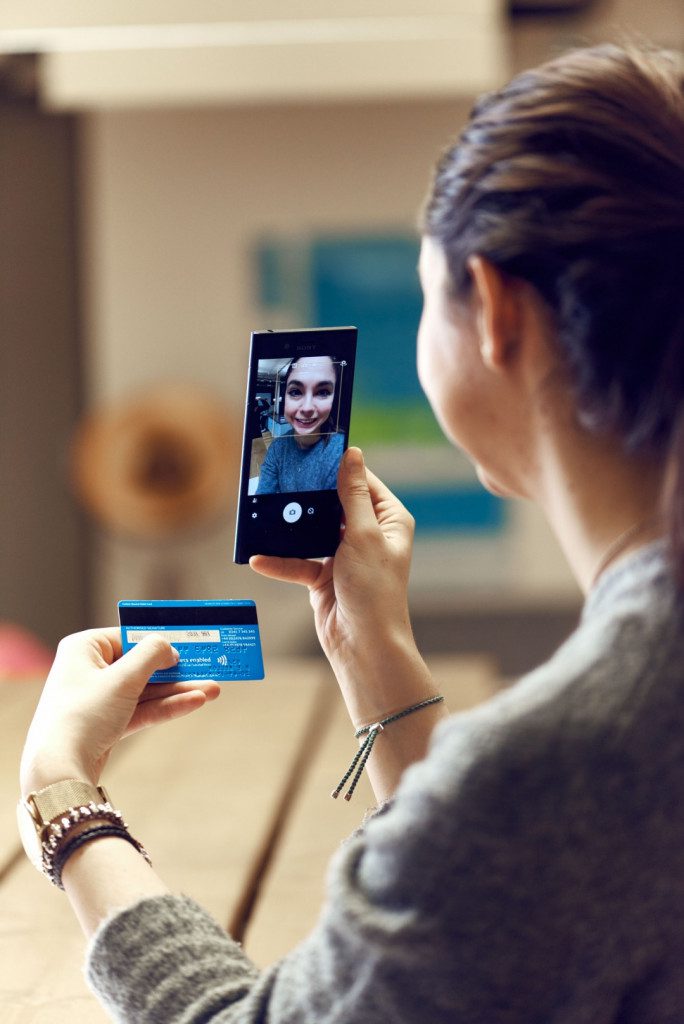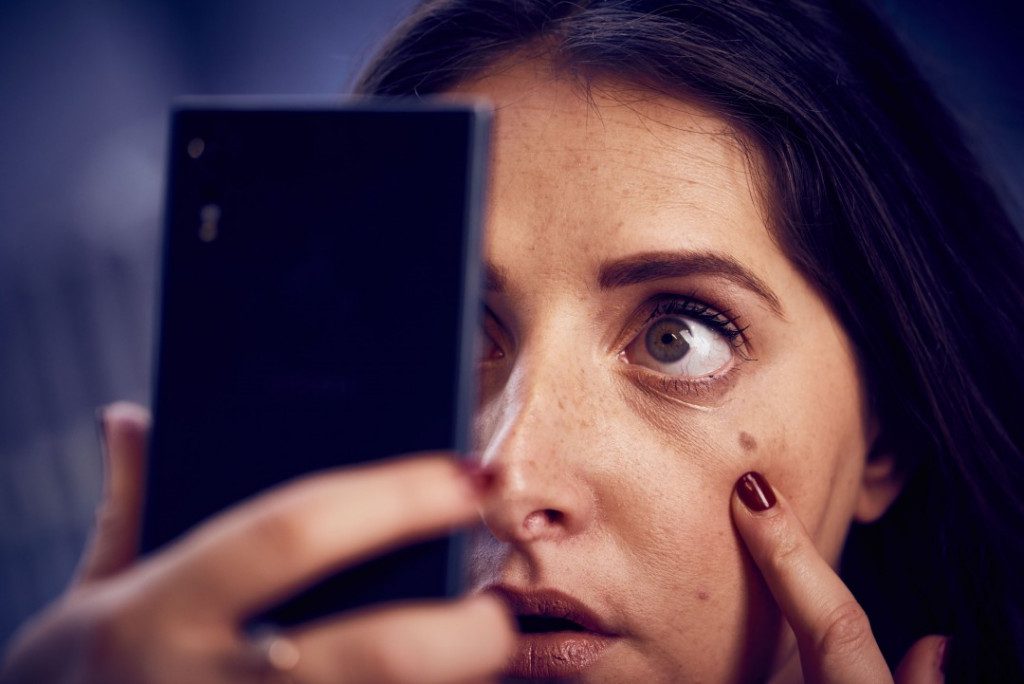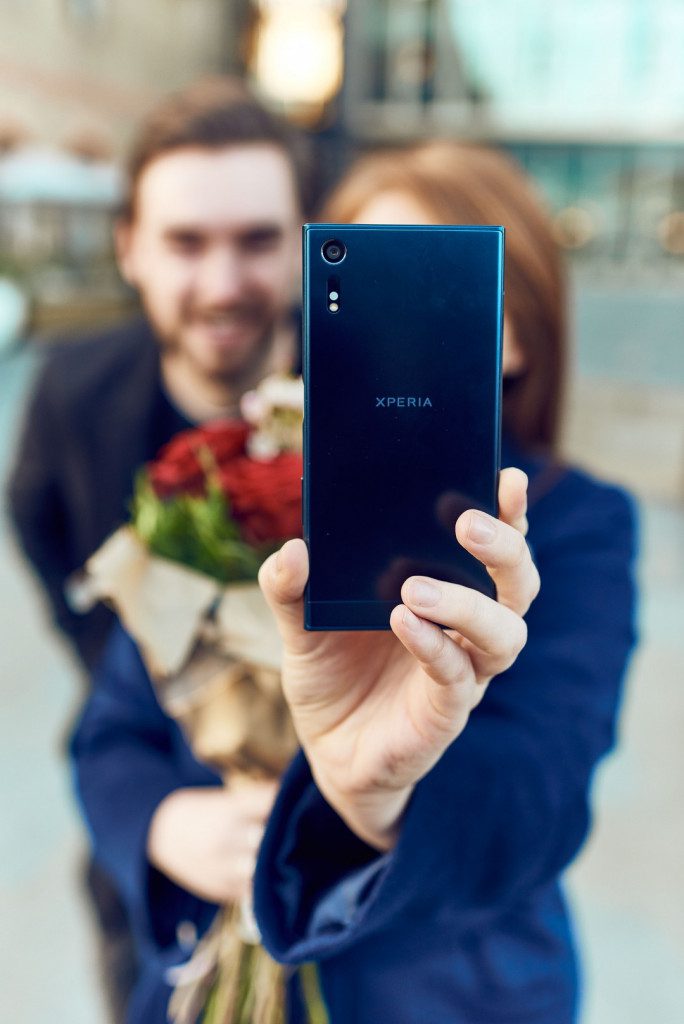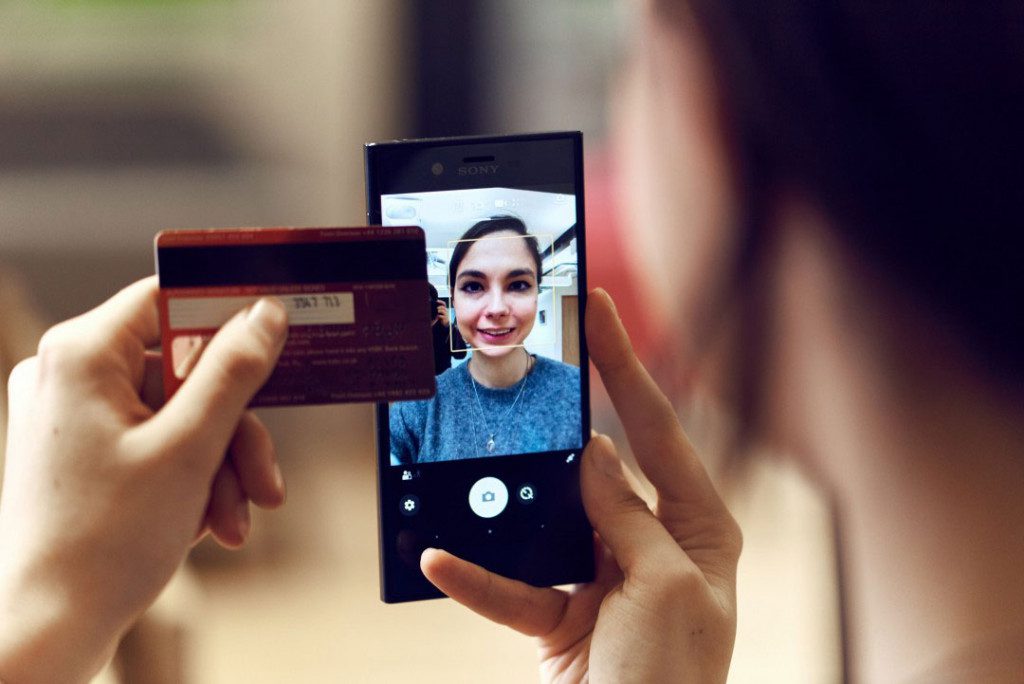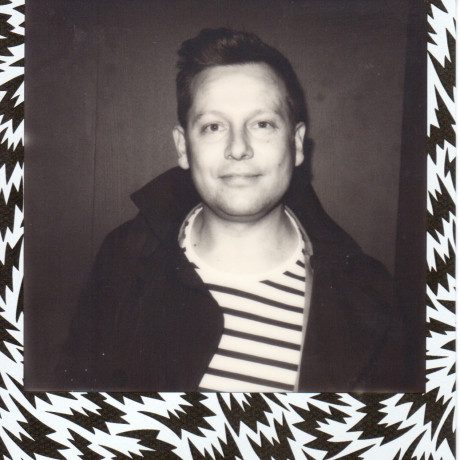The Future of Selfies: No Longer Just a Pretty Picture
A recent survey has produced a list of the top 10 ways that people believe selfies might evolve over the next five years
The report has combined the work of Futurizon, a global futurologist organisation led by Dr Ian Pearson; with market research company OnePoll who conducted survey/data research across Europe. The statistics within the report are a collective of 6500 respondents across four territories; UK, Germany, France and Spain.
So, without further ado, here’s the top 10 in detail
1. Dating: Taking a selfie with your date to find out what they really think
You can identify if someone finds you attractive by analysing factors such as their pupil dilation or body language when they were looking at you. Taking a selfie on a date could give an indication of how it is going.
2. Medical: Over a quarter of people would prefer to see their GP via a selfie or video call, in the first instance
Doctors could provide initial diagnosis via selfie; offering significant potential to improve health while reducing health care costs, aiding early diagnosis and encouraging people to take more proactive involvement in their own well-being.
High resolution selfies of the skin can help doctors remotely diagnose rashes, warts, or even skin cancers. Medical AI can do a lot of pre-work by advising whether a doctor should be consulted. Light emissions and reflections from skin give clues about blood flow, so a computer can directly check pulse rate and estimate blood pressure. They can also indicate body temperature – to help diagnose a fever, heat changes – to check blood circulation, skin moisture – that indicates stress levels.
Phobias can be detected too using image analysis, pupil dilation, face and gesture recognition.
3. Banking for the selfie generation: Finance and retail provide strong pillars of the physiological and safety layers of human needs, so they are large markets and selfies can tap into them well. Selfies already play a role in identification and will become increasingly important in financial transactions. They can be used as biometric identifiers and if taken by a user’s own phone, the phone itself automatically provides other security tokens that can be used to prove the selfie originated directly from the owner at that time, rather than a fraud using an older one copied from a website. Companies such as Square have already started using face recognition to automatically execute payments in coffee shops and we should expect selfies to grow in popularity similarly. Obviously, people can use a particular expression for that purpose if they want.
Making interfaces more natural makes them easier for people to understand and remember, in contrast with increasingly complex passwords and user IDs. Taking a selfie is becoming a very familiar activity for many people, so it naturally combines biometric security with electronic security. Rather than just using a straightforward snapshot, video capability allows extra security by incorporating gesture recognition.
4. In leisure: Around half of thrill-seekers would like to try a ‘selfiecoaster’ – a roller coaster that puts you in control of capturing your experience on the ride
In the future, roller coasters may have built-in phone carriers offering a secure holder that is cushioned from vibration and in a good location to take selfies from.
5. In the gym: selfies that work with AI (Artificial Intelligence) to capture body monitoring e.g. testing heart rates and even suggesting how to improve on technique and how accurately a move is being performed
An AI engine today could analyse body movements to not only check calorie burn and heart rate but also advise on how accurately a move is being performed and show what needs to be changed. Selfies won’t be used just to show off but to tell us how to do better next time.
6. Made to measure clothes: taking a 3D body image for made-to-measure clothes
Rapid manufacturing, customisation and delivery are already accelerating but selfies will provide a big boost to it. A selfie taken in underwear in a changing room from different angles as we twirl allows automatic body sizing, so the user can get clothes made to precisely their shape and size, even if they are trying on outfits off the peg.
7. In retail: using your smartphone camera to try on different outfits suited to your body shape, at the touch of a button
A selfie can show how a user might look in assorted outfits, so they might try on one colour, and the image-processed selfie would show them in the same outfit in other colours, or a totally different outfit.
“The results clearly show that selfies are well on their way to transitioning from frivolous fad to technological phenomenon, and provide food for thought to a number of industries. The potential is huge, and it will be exciting to watch this unfold over the coming years.”
8. Social currency: paying for entry to the cinema or a tourist attraction through a selfie
Selfies could be used as part of entry procedures to tourist attractions or cinemas instead of using tickets or fingerprints. After entry, selfies could then be used to authorise any other payments, while uploading selfies from the park to social media could even be used as a means of getting discounts or queue priority.
9. Robots: Using your smartphone to control drones or robots to take selfies from other or extreme locations
Sports action selfies obviously don’t let a user hold a phone in their hands to take them, so drones are starting to play a part in sports selfies too. Drones can already carry a camera and follow a skier down a run. They are often controlled by smartphone apps and can relay images to the phone too, so this can augment the phone’s own capabilities with a remote camera.
As well as drones, robots will soon be used frequently to take selfies of themselves or of people. They could be used to get selfies in dangerous locations, by using the robot as a stand-in and use AR to replace with a picture of the person. So you could get your robot to stand on the edge of the cliff and take a selfie and you would be edited in afterwards.
10. Home: Using selfies to secure and access our homes and cars
How we achieve personal safety and security is an important factor in our everyday lifestyle and self-expression. Many people are investing in internet-of-things devices such as smart locks. Entry to the home, car or office can now be enabled via selfies. An entrance camera can do the job, but having a phone with its own security credentials take a selfie at a particular angle with a particular facial expression or gesture adds a high degree of extra verification of identity. Using the selfie gives extra peace of mind.
Dr Ian Pearson, Futurologist and creator of the Future of Selfies report, added: “Through this report, it has been fascinating to chart the evolution of selfies and smartphone photography with the team at Sony Mobile. But even more encouraging has been the response from consumers, who have shown they are open to the range of future uses for selfies and video calls.”
“The results clearly show that selfies are well on their way to transitioning from frivolous fad to technological phenomenon, and provide food for thought to a number of industries. The potential is huge, and it will be exciting to watch this unfold over the coming years.”

